
What to see in Sudan
Sudan is a state in North Africa with a rich history and culture. The sights of the country are real gems of archaeological heritage, including the pyramids of Meroe, the temples of the Sun in Naga and Jebel Barkal, as well as the ruins of ancient cities.
Tourists will be able to see unique sites that are outstanding monuments of the ancient civilizations of Kush, Meroe and Nubia. Sudan offers interesting itineraries for travelers to spend a day exploring these historical sites and creating incredible photos.
The country is also famous for its ethnic mosaic, attracting tourists with its cultural traditions. Dozens of nations practicing Islam and Christianity create a unique folkloric atmosphere. Handicrafts, jewelry and pottery are popular arts that can be seen in various cities of Sudan.
In business and investment, Sudan attracts attention for its huge potential in minerals such as oil, gold, chromites, manganese, iron ore, and copper. Agricultural production of cotton, peanuts, millet and sugarcane also offers great prospects. Infrastructure projects create additional business opportunities.
Thus, Sudan presents itself to tourists as a fascinating country with rich history and ethnic diversity, and to investors as a promising destination with great natural potential and prospects in the agribusiness sector. Infrastructure development creates additional opportunities for successful business.

Want to apply for a visa to travel to Sudan!

Don't know how to apply for a visa to Sudan? Leave an application on our website!
Interesting facts about Sudan:
- Sudan is one of the five largest countries in Africa in terms of land area. Its area is about 1.9 million km2.
- On the territory of Sudan there are more than 200 pyramids of the ancient kingdoms of Kush, Meroe and Napata. It is more than in Egypt. The highest pyramids of Meroe reach 30 meters.
- Two great rivers, the Blue Nile and the White Nile, which flow into the Mediterranean Sea, originate in Sudan.
- Sudan is very multinational. It is home to more than 500 tribes and ethnic groups speaking more than 400 languages and dialects.
- Sudan is the birthplace of the coffee tree. It was from here that coffee was brought to Yemen and commercially grown for the first time in history.
- Khartoum is the only capital city in the world located on the border of two climatic zones - Sahel and Sahara. Summer temperatures reach +46°C.
- Sudan produces up to 80 tons of gold per year. The country is among the top ten world leaders in gold mining.
- The Sudanese pound has been represented on coins and banknotes since 1956. It is considered one of the oldest monetary units in Africa.
- In Sudan grows baobab Adansonia - one of the oldest trees on the planet - it is more than 5000 years old. The trunk diameter exceeds 11 meters.
- In the mountains of the Nubian desert of Sudan the oldest rock paintings of people and animals over 5000 years old have been found.
- The world's largest coral reef of the continental shelf is located in the Red Sea off the coast of Sudan. Its length is over 230 kilometers.
- Sudan grows an original variety of cotton "Sudanese Golden", which is distinguished by its increased cellulose content and fiber strength.
 Algeria
Algeria
 Angola
Angola
 Benin
Benin
 Botswana
Botswana
 Burkina Faso
Burkina Faso
 Burundi
Burundi
 Cameroon
Cameroon
 Cape Verde Islands
Cape Verde Islands
 Chad
Chad
 Congo Rep.
Congo Rep.
 Côte d'Ivoire
Côte d'Ivoire
 Egypt
Egypt
 Equatorial Guinea
Equatorial Guinea
 Ethiopia
Ethiopia
 Djibouti
Djibouti
 Gabon
Gabon
 Ghana
Ghana
 Guinea
Guinea
 Kenya
Kenya
 Malawi
Malawi
 Mali
Mali
 Morocco
Morocco
 Mozambique
Mozambique
 Namibia
Namibia
 Niger
Niger
 Rwanda
Rwanda
 Sao Tome and Principe
Sao Tome and Principe
 Sierra Leone
Sierra Leone
 Southern Sudan
Southern Sudan
 South Africa
South Africa
 Tanzania
Tanzania
 Togo
Togo
 Uganda
Uganda
 Zimbabwe
Zimbabwe
 Zambia
Zambia
We will contact you as soon as possible.
Kind regards,
Visa-Navigator.com team





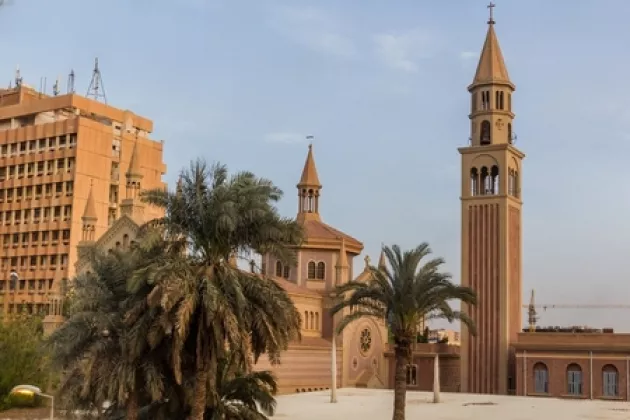
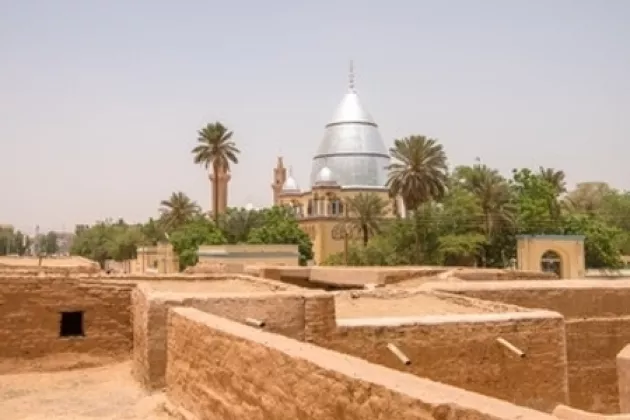
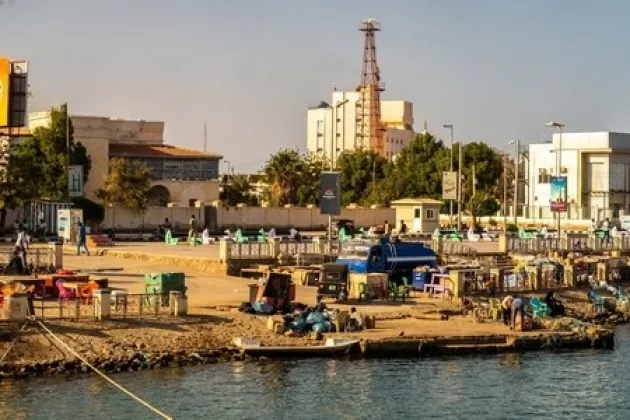
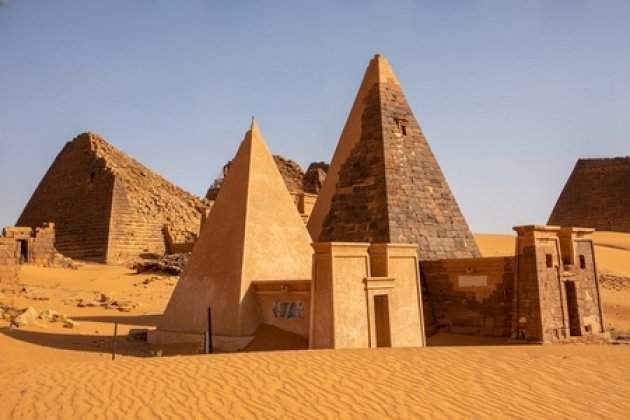
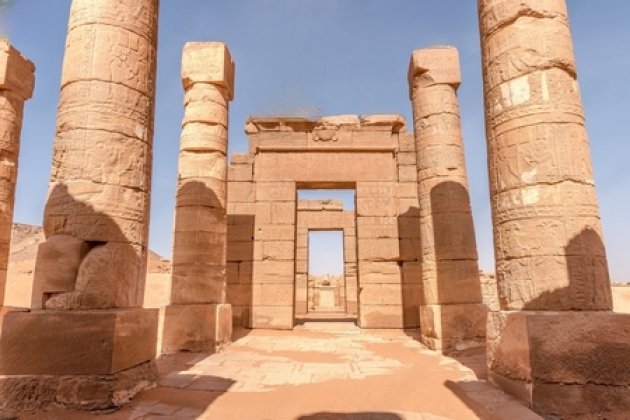
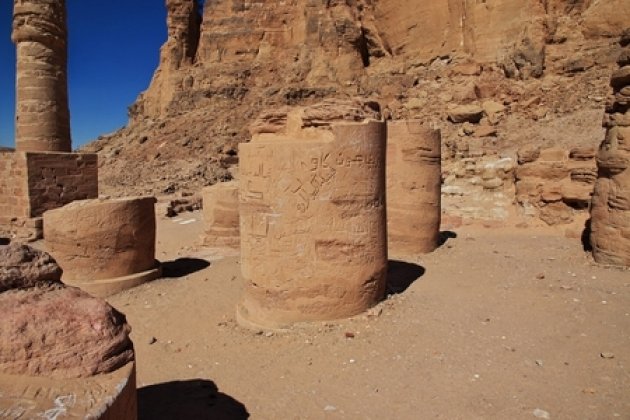
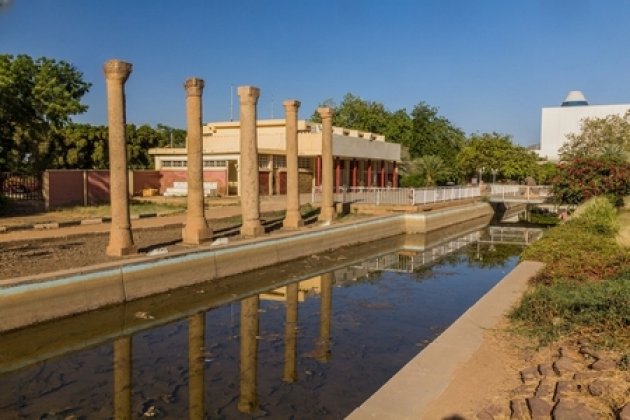
 Azerbaijan
Azerbaijan
 Belarus
Belarus
 Russia
Russia
 Turkey
Turkey
 Bahrain
Bahrain
 Bangladesh
Bangladesh
 Bhutan
Bhutan
 Cambodia
Cambodia
 China
China
 Indonesia
Indonesia
 India
India
 Iran
Iran
 Kazakhstan
Kazakhstan
 Jordan
Jordan
 Kuwait
Kuwait
 Laos
Laos
 Lebanon
Lebanon
 Maldives
Maldives
 Mongolia
Mongolia
 Myanmar
Myanmar
 Nepal
Nepal
 Oman
Oman
 Pakistan
Pakistan
 Philippines
Philippines
 Saudi Arabia
Saudi Arabia
 South Korea
South Korea
 Sri Lanka
Sri Lanka
 Tajikistan
Tajikistan
 Thailand
Thailand
 Turkmenistan
Turkmenistan
 UAE
UAE
 Uzbekistan
Uzbekistan
 Vietnam
Vietnam
 Yemen
Yemen
 Bolivia
Bolivia
 Antigua and Barbuda
Antigua and Barbuda
 Bahamas
Bahamas
 Canada
Canada
 Cuba
Cuba
 Montserrat
Montserrat
 Puerto-Rico
Puerto-Rico
 St. Kitts and Nevis
St. Kitts and Nevis
 USA
USA
 Australia
Australia
 Papua New Guinea
Papua New Guinea
 New Zealand
New Zealand